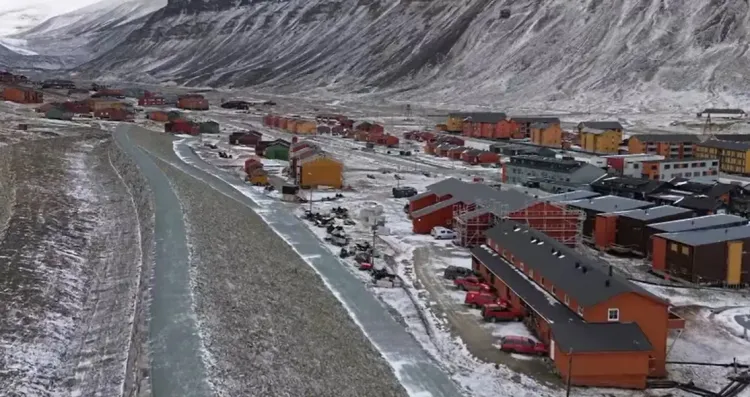Norway Enhances Environmental Safeguards in Svalbard to Protect Arctic Ecology

Oslo, Jan 2 (NationPress) Norway has enacted new environmental regulations for Svalbard to safeguard the archipelago's vulnerable ecosystem, cultural heritage, and wildlife as climate change accelerates and tourism grows.
Svalbard, a distant Arctic archipelago located between mainland Norway and the North Pole, is renowned for its stunning glaciers, polar bears, and seabird colonies. Its untouched wilderness draws adventurers and researchers, but the region's fragile environment is under increasing strain from rising temperatures and heightened human activity, according to Xinhua news agency.
"We have observed rising pressure from tourism that impacts nature, cultural heritage, and wildlife. Simultaneously, climate change is occurring here and now," stated acting Minister of Climate and Environment Tore Sandvik in a press release. "To protect Svalbard's wilderness, we are revising the regulatory framework to confront these challenges," he continued.
Among the primary measures is a requirement to maintain stricter distances from polar bears, ensuring minimal disruption to these vulnerable creatures.
Visitors must now keep a distance of 300 metres from polar bears throughout the year, with the distance increasing to 500 metres from March to June during the animals' most sensitive period.
The use of drones near bird cliffs is prohibited during breeding seasons from April to August to minimize noise and disturbance. Furthermore, landings in protected areas will be strictly regulated, with exceptions for only 43 designated areas or snow-covered grounds in specific zones.
Passenger ships will face new limitations, allowing no more than 200 passengers in protected areas at any given time.
The use of drones and underwater vehicles is also banned in protected zones to reduce environmental disruption.
Motorized traffic will be subject to stricter controls, including a permanent ban on driving over sea ice in certain fjords after March 1. However, electric bicycles and pedal bicycles are now allowed on snow and ice in select national parks, encouraging eco-friendly exploration.
New regulations also aim to protect walruses and birds by enforcing speed limits and distance requirements near their habitats. Fast ice-breaking activities are largely prohibited, except for maintaining crucial port access and Coast Guard operations.
These changes come as Svalbard is warming five to seven times faster than the global average, with tourism encroaching into previously untouched and sensitive regions.









